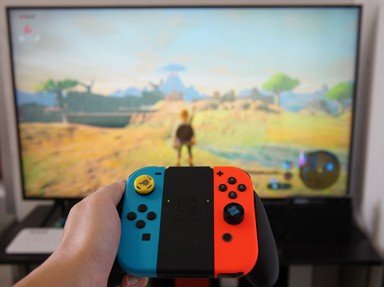Quiz Answer Key and Fun Facts
1. "Vanguard" was developed by Sigil Games, a game development company headed by Brad McQuaid. What other online game did he lead the development of prior to taking part in "Vanguard"?
2. Prior to the release of "Vanguard," Sigil announced their intent to launch with fifteen playable classes, however, two were not ready at launch. Which two did not make it?
3. Several areas in "Vanguard" are named after members of the game's design team, such as "The Deebs" and "Keejay Cove". What sorts of areas are these?
4. Players in "Vanguard" can simultaneously advance their characters through three different "spheres," or types of content. Which of the following is not a full-fledged sphere, and is considered to be adjunct to another sphere?
5. How does diplomacy in "Vanguard" take place?
6. There are several distinct races of humans available for players to select in "Vanguard." What are they?
7. Players in "Vanguard" can choose from three basic crafting classes, known as archetypes, which they can subsequently specialize further. What are the three crafting archetypes?
8. "Vanguard" offers four different adventuring archetypes (within which there are specialized classes) for players to choose from. What are they?
9. Each player character in "Vanguard" can become proficient in harvesting two of the five different types of resources in the world. What are they?
10. "Vanguard's" landscape is divided into distinct 'zones' that must be loaded individually (i.e. there is a pause in which the player sees a loading screen) as players enter them.
Source: Author
Portobello
This quiz was reviewed by FunTrivia editor
kyleisalive before going online.
Any errors found in FunTrivia content are routinely corrected through our feedback system.

